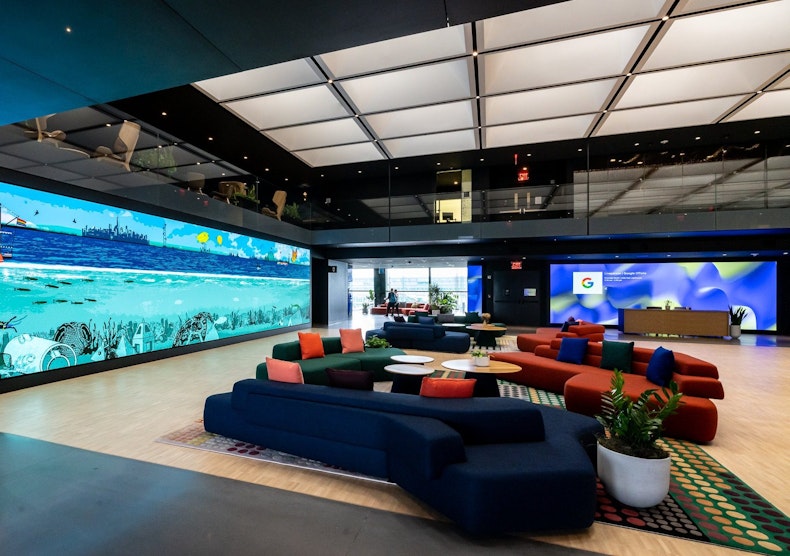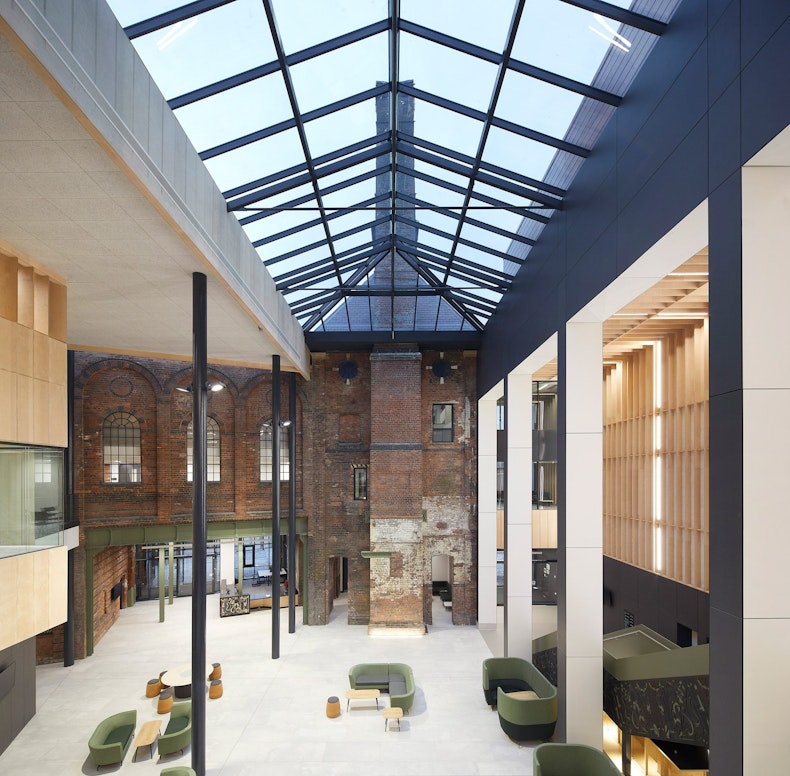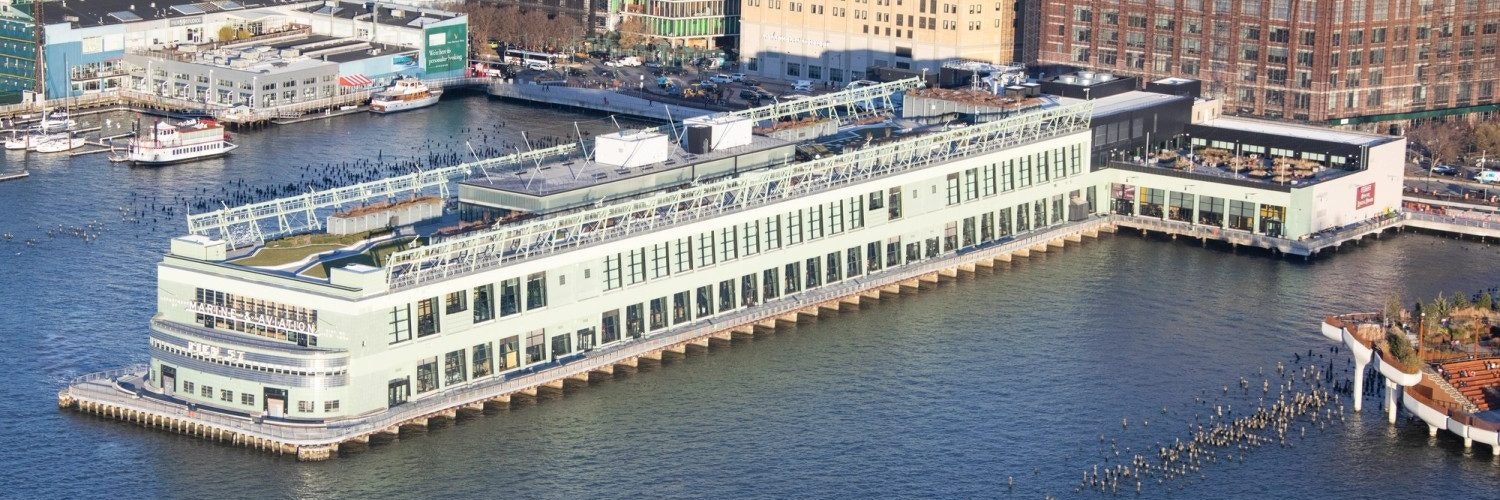Adaptive reuse: the sustainable design trend whose time has come?
Adaptive reuse in architecture and construction is gathering pace in response to the climate crisis – even Google is getting in on the act
Global tech companies have tended to express their brand through the medium of slick new modern buildings – Apple’s infinite ring in Cupertino, Facebook’s Frank Gehry-designed offices in Menlo Park, the Amazon domes in Seattle. While Google was firmly of this camp, it is increasingly taking a different approach, putting more and more of its real estate budget into adaptively reusing historically significant and interesting structures.
Before and after
The tech giant now has several adaptive reuse buildings around the world, with more projects on the way. Many are located at or nearby existing offices, serving to increase the company’s real estate – but in a way that goes beyond simply creating more desk space. One such concept that Google recently opened in New York City is Pier 57, where it converted a historic pier on the Hudson River into a public-facing extension of its nearby office complex.

Event space reception at Google’s Pier 57
The former cruise terminal has been converted into workspace for about 450 Google employees, but also functions as outward-facing event space, a food hall, and community spaces including a public rooftop park. Many of Google’s other adaptive reuse projects are taking a similar approach, baking community benefit into the programme.
A developing trend
While adaptive reuse is by no means a new idea, it has tended to happen at the fringes in relation to the scale of architecture and construction as an industry. However, the drive to significantly reduce embodied carbon is making it an increasingly appealing prospect. California’s Building Standards Commission recently voted through legislation to ease barriers to the conversion of existing commercial buildings in order to facilitate adaptive reuse approaches, while the American Institute of Architects has announced US $20 billion in grant funding made available to adaptive reuse and decarbonisation projects.
In response to the increasing prevalence of this type of project, the Royal Institute of British Architects (RIBA) recently named four UK projects shortlisted for its first ever Reinvention Award, aiming to recognise creative reuse projects.

Associated Architects and Rodney Melville and Partners converted an old brewery into a new university building. Photo by Ben McPhee
To be eligible, architectural practices have to demonstrate that their reuse project has improved the existing building or structure by achieving outcomes from the RIBA Sustainable Outcomes Guide. The winner will be announced at the ceremony for the RIBA’s annual Stirling Prize on 19 October 2023.
Read Imogen Privett’s full design roundup in WORKTECH Academy’s Innovation Zone, which provides premium content for Academy members and partners.








